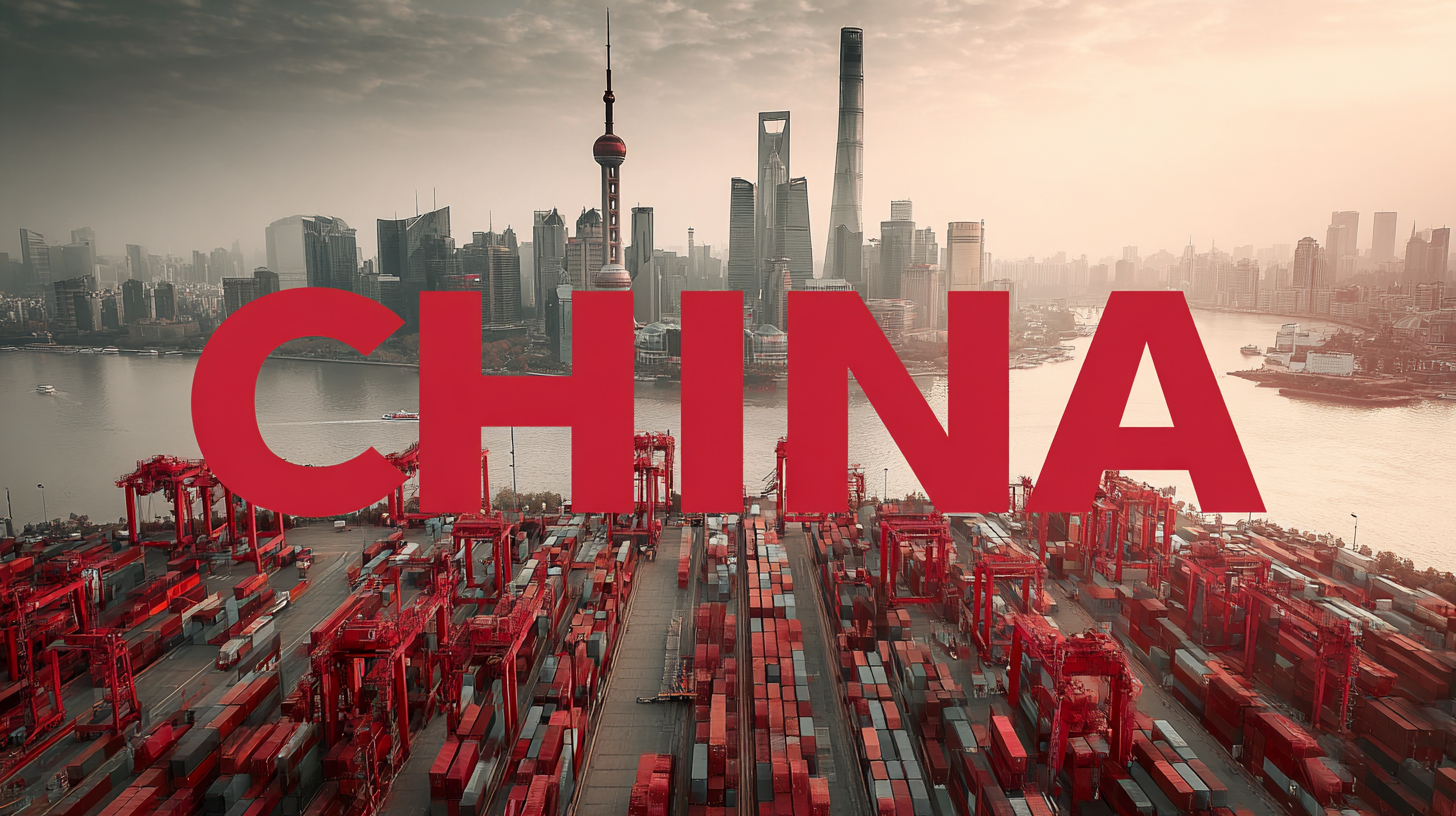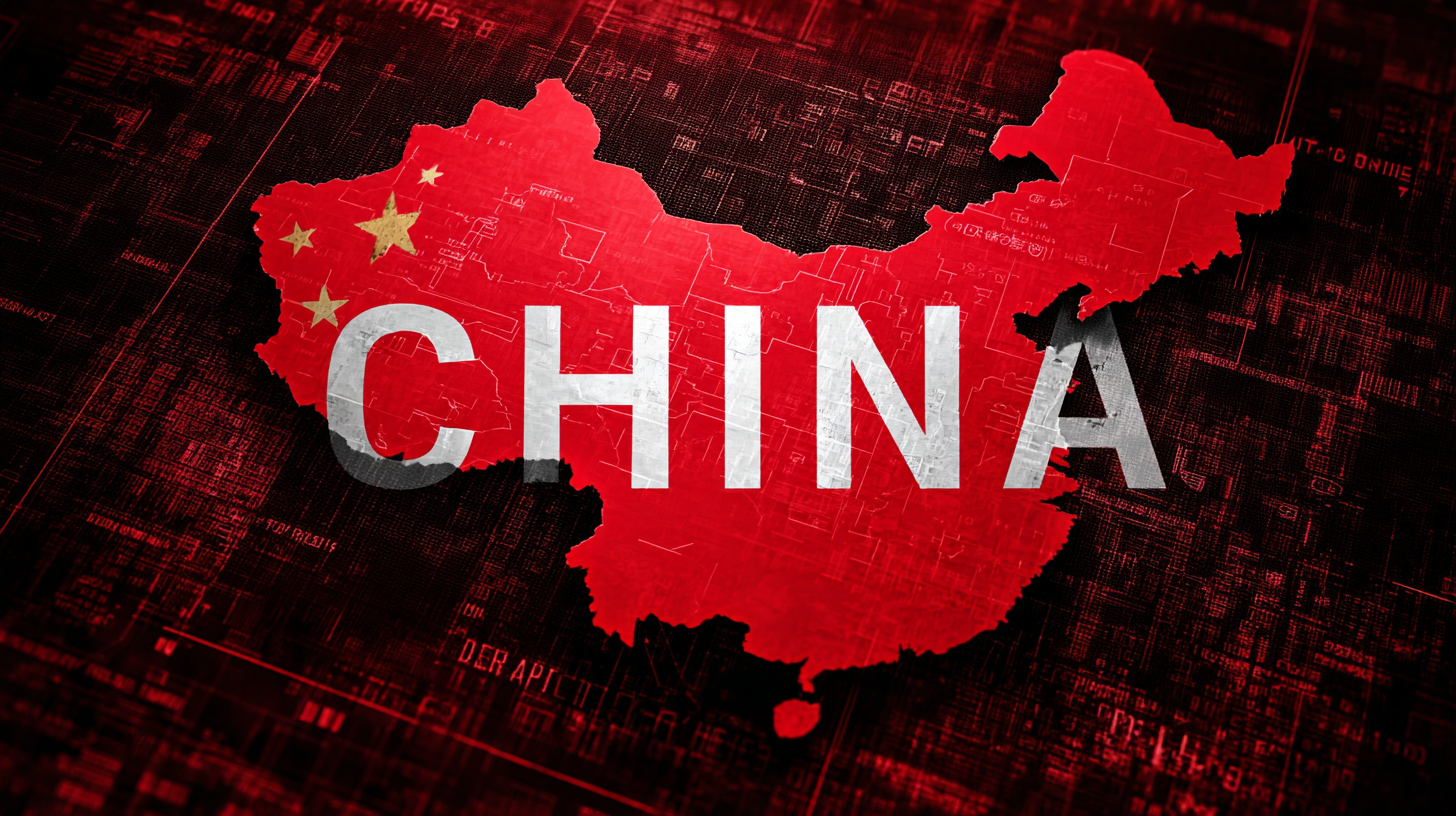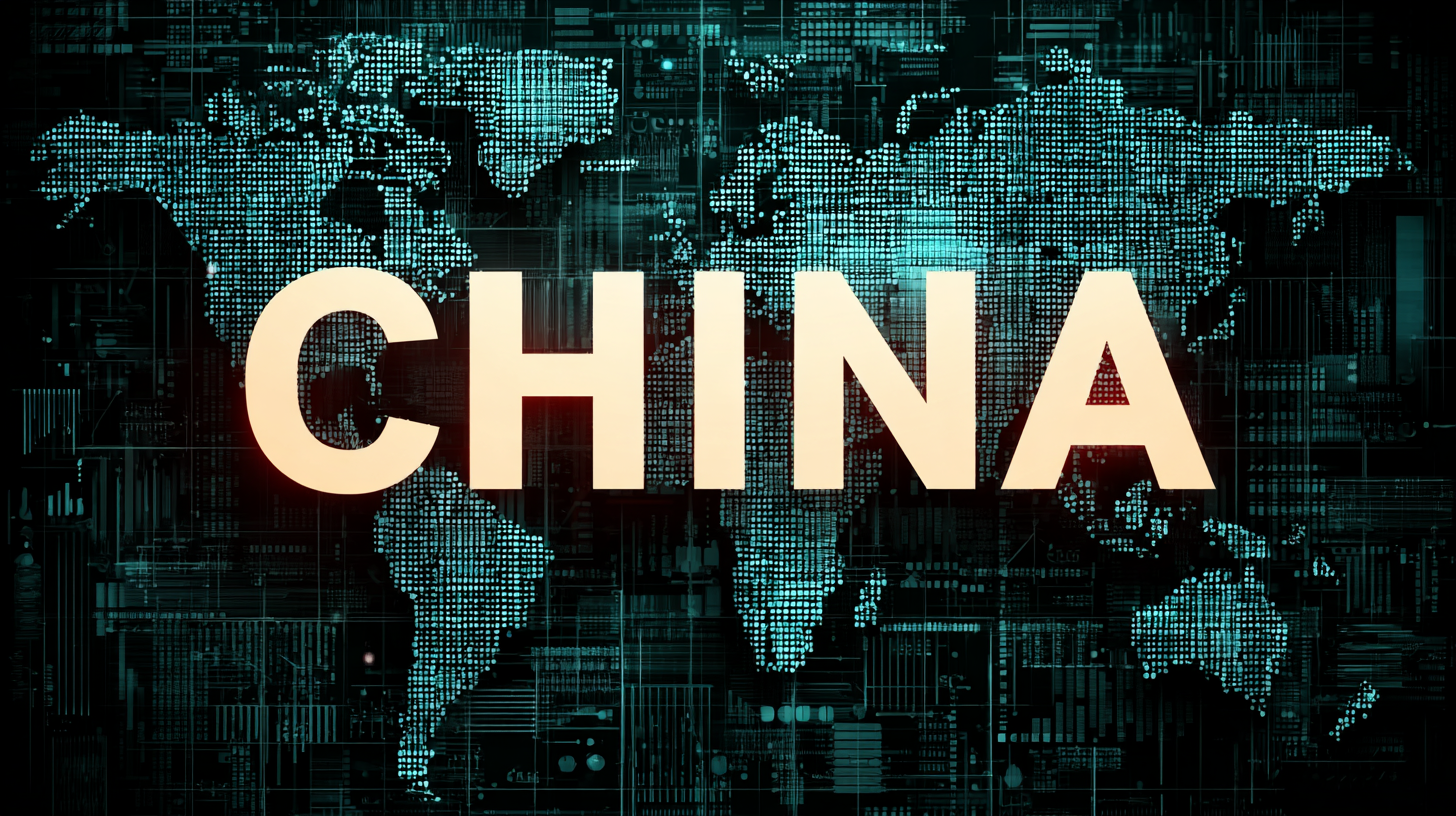In the ever-evolving landscape of global procurement, sourcing products from China remains a pivotal strategy for businesses aiming to enhance their supply chain efficiency and competitiveness in 2024. With China's vast manufacturing capabilities and innovative technologies, companies can access not only a diverse range of products but also capitalize on cost-effective solutions that drive profitability. This blog will explore five key tips for sourcing the best products from China, providing real-world industry applications and digital insights. By understanding the intricacies of the Chinese market and leveraging data-driven approaches, procurement professionals can effectively navigate the complexities of international sourcing. Discover the reasons why a well-informed strategy is essential for achieving global procurement success in the coming year.

As global procurement strategies shift in 2024, identifying emerging product trends in China becomes crucial for success. With the wearable wristband market expected to thrive, reaching an output of 193 million units, understanding consumer preferences in both China and emerging markets will help businesses stay ahead. Offering stylish designs and advanced functionalities could attract a wider audience and drive sales.
To maximize your sourcing efforts, start by conducting thorough market research to identify the latest product trends in China. Attend trade shows and industry exhibitions that showcase innovations, particularly in technology and consumer electronics. Networking with local suppliers and manufacturers can provide valuable insights into upcoming products and market demands.
Additionally, keep a close eye on government policies and economic stimuli that may impact supply chains and product availability. Recent economic support measures targeting local governments could revitalize certain sectors and enhance product offerings. By leveraging this information, global buyers can make informed decisions and strategically source high-demand products for their markets in 2024.

As global procurement strategies evolve, leveraging data analytics has become essential for making informed decisions in China's supply chains. In 2023, a report by Statista indicated that around 70% of businesses utilizing data analytics in procurement experienced a significant decrease in their operational costs, showcasing the direct correlation between data-driven insights and cost efficiency. By harnessing analytics, companies can identify trends, monitor supplier performance, and ultimately achieve better negotiation outcomes with Chinese manufacturers.
Moreover, a McKinsey analysis revealed that organizations that integrate advanced data analytics into their sourcing strategies see an improvement in procurement efficiencies by up to 25%. This is particularly relevant in China, where the vast diversity of suppliers and products necessitates a detailed understanding of market dynamics. Advanced analytics not only assists in evaluating potential suppliers but also empowers procurement professionals to predict demand fluctuations and optimize inventory levels, positioning businesses for success in the competitive landscape of global trade. Embracing these analytical tools is pivotal as we move into 2024, driving enhanced agility and responsiveness in the supply chain.
This chart illustrates the top five product categories sourced from China by global procurement teams in 2024, highlighting the anticipated growth in each category based on market analysis.
When engaging in global sourcing, evaluating supplier reliability is critical for successful procurement. According to a recent report by McKinsey, 70% of procurement leaders identify supplier reliability as a key challenge in their sourcing strategies. To tackle this, businesses should focus on a few critical metrics: delivery performance, quality control processes, and financial stability. Monitoring these factors helps ensure that suppliers not only meet delivery timelines but also maintain the quality of products essential for global market competitiveness.
Moreover, assessing a supplier’s track record can provide insights into their reliability. Data from Deloitte suggests that companies that regularly evaluate supplier performance see up to a 20% reduction in supply chain disruptions. Key performance indicators (KPIs) such as on-time delivery rates and defect rates should be established to create a clear picture of a supplier’s capabilities. This structured approach not only mitigates risks but also fosters stronger partnerships that can lead to innovation and improved performance in the global marketplace.
When sourcing products from China, understanding compliance and regulations is crucial for ensuring a smooth importation process. The complexities of global trade regulations require companies to implement rigorous due diligence throughout their supply chains. Recent reports indicate that adherence to state-of-the-art compliance measures can significantly mitigate supply chain risks, especially when importing goods. For example, the introduction of tariffs and antidumping duties has made it essential for global procurement teams to stay informed about shifting regulations that could impact costs and logistics.
Navigating China’s intricate Food and Beverage (F&B) regulatory system is also of paramount importance for importers in safeguarding product quality and compliance. According to industry studies, a growing number of companies face substantial penalties due to non-compliance with local regulations. It is crucial for importers to understand the specific documentation and inspection requirements set forth by Chinese authorities. Furthermore, compliance with the evolving landscape of global trade regulations not only helps in avoiding unexpected costs but also enhances overall business reputation in international markets. Ensuring that your sourcing strategies encompass these compliance aspects will drive global procurement success in the upcoming years.

In 2024, global procurement professionals are facing unprecedented challenges and opportunities as they seek to maximize cost efficiency in sourcing products from China. With reports indicating that 79% of companies are planning to increase their procurement budgets this year, understanding effective negotiation strategies is crucial for securing favorable terms. Leveraging market intelligence and supplier performance data can empower procurement teams to negotiate prices that reflect current market conditions, ensuring they obtain the best value.
Additionally, adopting technology-driven negotiation tools can further enhance efficiency. According to recent findings from a McKinsey report, companies that utilize advanced analytics and AI in their procurement processes achieve a 15% reduction in costs compared to traditional methods. By analyzing historical spending patterns and supplier trends, procurement managers can approach negotiations with confidence, armed with data that substantiates their requests for better pricing and terms. As the landscape of global procurement continues to evolve, those who prioritize strategic negotiation will undoubtedly position themselves for success in the competitive marketplace.
| Tip | Description | Cost Efficiency Strategy | Negotiation Approach |
|---|---|---|---|
| Research Suppliers | Identify credible suppliers through trade fairs and online platforms. | Analyze supplier performance to negotiate better prices. | Highlight competitive pricing from other suppliers during negotiation. |
| Quality Control | Implement quality checks and audits to ensure product standards. | Invest in quality assurance to reduce long-term costs. | Use quality as a bargaining chip for better prices. |
| Local Partnerships | Form alliances with local partners for easier market access. | Leverage local knowledge to optimize operational costs. | Create joint ventures to enhance negotiation strength. |
| Market Trends | Stay updated on market trends to forecast demand. | Adjust procurement strategies based on market changes to control costs. | Utilize demand forecasts to secure better pricing agreements. |
| Regulatory Compliance | Ensure compliance with international trade regulations. | Avoid costly penalties by adhering to regulations. | Negotiate with suppliers to include compliance guarantees. |
TradeManager
Skype
VKontakte

